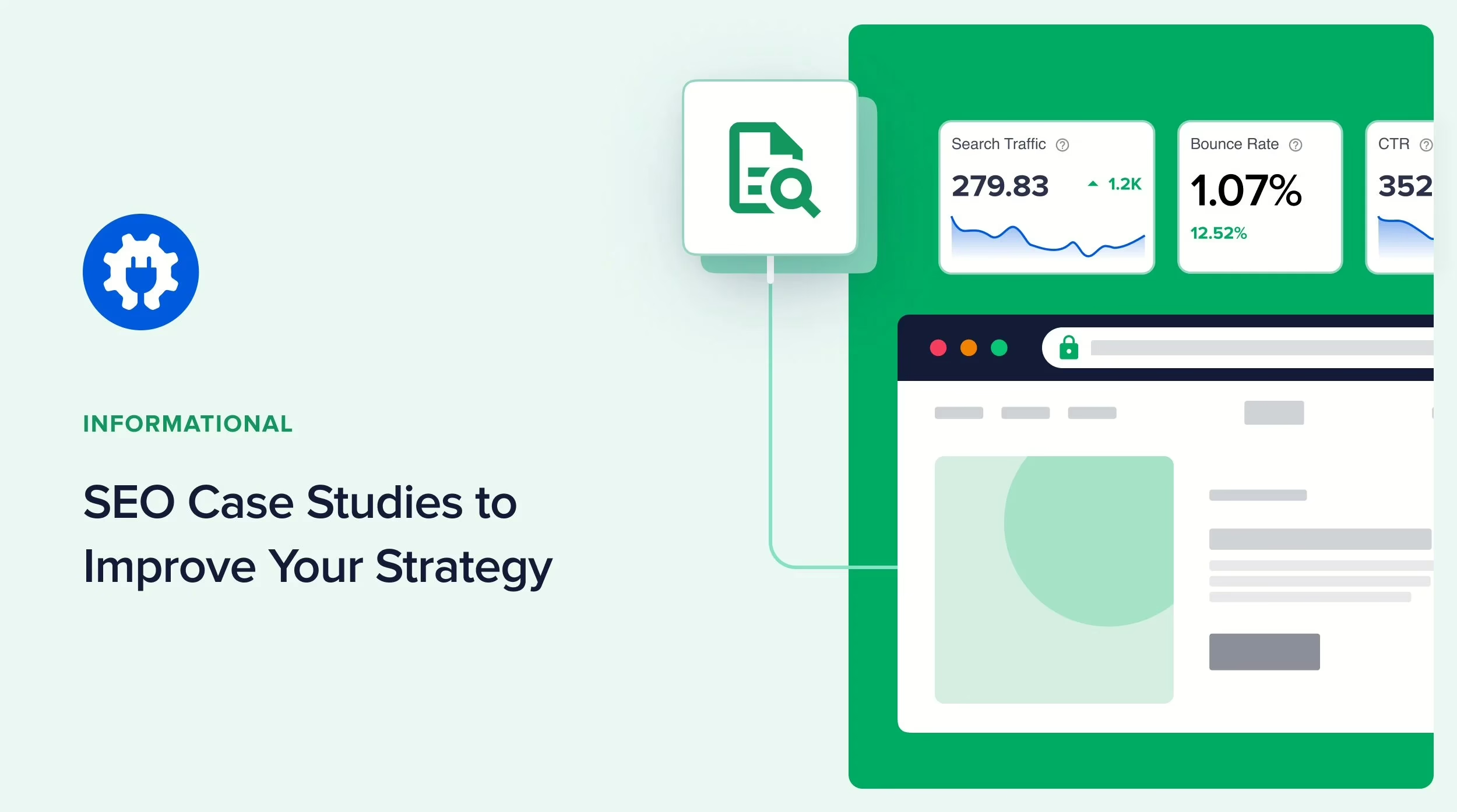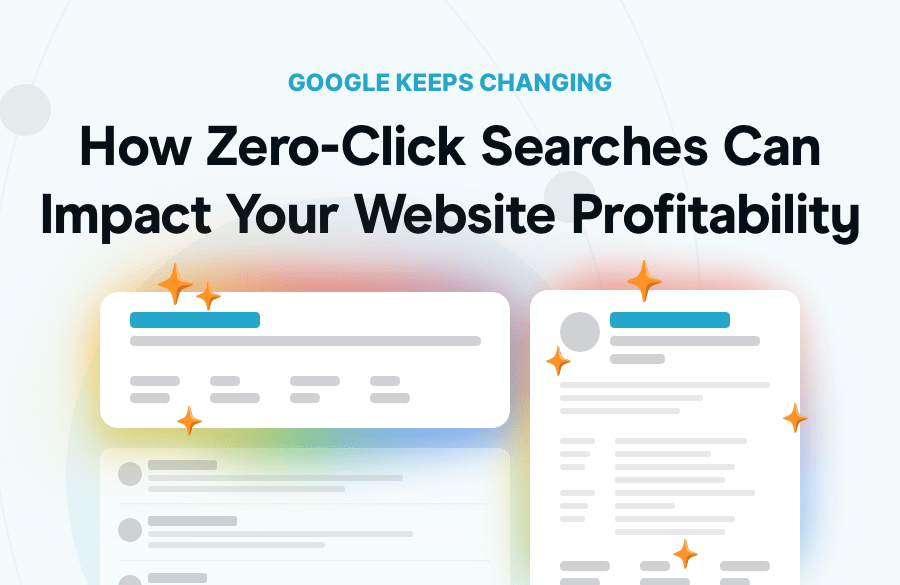The Future of AI in Growth Hacking: Balancing Innovation with Ethical Responsibility
Introduction
Artificial Intelligence (AI) has revolutionized growth hacking, enabling businesses to leverage data-driven strategies for rapid growth. However, the integration of AI into growth hacking raises significant ethical concerns, including privacy violations, bias, and accountability. This article explores the ethical considerations in AI-powered growth hacking, examines future trends, and provides case studies and examples to illustrate these concepts.
What is AI-Powered Growth Hacking?
Growth hacking refers to the use of creative, low-cost strategies to grow a business rapidly. AI-powered growth hacking integrates machine learning, natural language processing, and predictive analytics to optimize marketing, user acquisition, and retention strategies. For example, AI can analyse user behaviour to predict churn rates or personalize marketing campaigns.
Understanding AI-Powered Growth Hacking
Growth hacking leverages innovative techniques to achieve rapid growth, often through unconventional methods. The integration of AI into growth hacking allows for data-driven decisions, personalized user experiences, and automated processes. AI technologies such as machine learning, natural language processing, and predictive analytics enhance the effectiveness of growth hacking strategies by enabling businesses to better understand customer behaviour and preferences.
Key Benefits of AI in Growth Hacking
- Enhanced Data Analysis : AI can process vast amounts of data quickly, identifying patterns and insights that would be impossible for humans to detect manually.
- Personalization : AI algorithms can tailor content and offers to individual users, increasing engagement and conversion rates.
- Automation : Routine tasks can be automated, freeing up human resources for more strategic activities.
Ethical Considerations in AI-Powered Growth Hacking
While AI offers numerous advantages, it also raises ethical concerns that must be carefully managed to ensure responsible use. These considerations include privacy, bias, transparency, and accountability.
Privacy Concerns
One of the primary ethical issues in AI-powered growth hacking is the collection and use of personal data. Businesses must ensure they comply with data protection regulations such as the General Data Protection Regulation (GDPR) in Europe and the California Consumer Privacy Act (CCPA) in the United States. Misuse of personal data can lead to breaches of trust and legal consequences.
Case Study: Cambridge Analytica Scandal
The Cambridge Analytica scandal is a stark example of how unethical data practices can harm both individuals and society. In 2018, it was revealed that the political consulting firm had harvested the personal data of millions of Facebook users without their consent, using it to influence voting behaviour during the 2016 U.S. presidential election [1]. This incident highlighted the importance of ethical data management in AI applications.
Bias in AI Algorithms
AI systems are only as unbiased as the data they are trained on. If the training data contains biases, the resulting algorithms will perpetuate those biases, leading to unfair or discriminatory outcomes. For instance, if an AI model used in hiring processes is trained on historical data that reflects gender or racial biases, it may unfairly disadvantage certain groups of candidates.
Example: Amazon’s Hiring Algorithm
Amazon faced criticism when it was discovered that its AI-driven recruitment tool was biased against women. The algorithm was trained on resumes submitted to the company over a 10-year period, which were predominantly from men. As a result, the system downgraded resumes that included the word “women” or were from all-women colleges .
Transparency and Accountability
Transparency in AI systems is crucial for building trust with users. Companies should be open about how their AI models work and the data they use. Additionally, there must be clear lines of accountability for any decisions made by AI systems. When things go wrong, it should be easy to identify who is responsible and how the issue can be resolved.

Table: Key Ethical Principles in AI-Powered Growth Hacking
Ethical Considerations in AI-Powered Growth Hacking
1. Privacy and Data Security
AI-powered growth hacking relies heavily on data collection, which raises concerns about user privacy. For instance, AI systems often collect personal data without explicit consent, leading to potential violations of regulations like GDPR16.
Example:
- A company using AI to analyse customer behaviour might inadvertently collect sensitive information, such as health data, without proper safeguards.
2. Bias and Fairness
AI algorithms can perpetuate biases present in training data, leading to unfair treatment of certain user groups. For example, biased algorithms might target specific demographics more aggressively, exacerbating social inequalities.
Example:
- A growth hacking campaign using AI to target ads might disproportionately exclude minority groups due to biased data9.
3. Transparency and Accountability
The “black-box” nature of AI systems makes it difficult to understand how decisions are made. This lack of transparency can lead to accountability issues, especially when AI-driven strategies cause harm39.
Example:
- An AI system recommending harmful products to users without clear reasoning could damage a company’s reputation.
4. Autonomy and Human Oversight
Over-reliance on AI can reduce human oversight, leading to ethical lapses. For instance, fully automated growth hacking campaigns might fail to consider the broader societal impact of their strategies.
Example:
- An AI-driven campaign might prioritize short-term gains over long-term customer trust, leading to ethical dilemmas12.
Case Studies
Case Study 1: AI-Driven User Acquisition Campaigns
Scenario:
A tech start-up used AI to analyse user data and optimize its ad campaigns. The AI identified high-value users and tailored ads to their preferences, resulting in a 30% increase in conversions.
Ethical Issues:
- The AI collected data without explicit user consent.
- The algorithm favoured certain demographics, leading to biased targeting.
Resolution:
The company implemented a transparent data collection policy and regularly audited its AI systems for bias.
Case Study 2: Ethical Hacking in Growth Strategies
Scenario:
A cybersecurity firm used AI-powered ethical hacking to identify vulnerabilities in its growth hacking tools. The AI simulated cyberattacks to test the system’s resilience, ensuring data security12.
Ethical Issues:
- The AI-generated attacks could have been misused for malicious purposes.
- The firm had to ensure that the AI’s actions were within legal boundaries.
Resolution:
The firm established strict guidelines for AI use and conducted regular ethical reviews.
Future Trends in AI and Growth Hacking
1. Explainable AI (XAI)
Explainable AI aims to make AI decision-making processes transparent, enabling businesses to understand and justify their growth hacking strategies.
Example:
- XAI tools can provide detailed reports on why certain users were targeted, ensuring accountability.
2. Federated Learning for Privacy Preservation
Federated learning allows AI models to be trained on decentralized data, reducing the risk of privacy violations.
Example:
- A company can use federated learning to analyse user behaviour without storing sensitive data centrally9.
3. AI-Driven Personalization at Scale
AI enables hyper-personalized growth hacking strategies, improving user engagement while maintaining ethical standards2.
Example:
- AI can tailor marketing messages to individual preferences, enhancing customer satisfaction2.
4. Ethical Frameworks and Regulations
Governments and organizations are developing ethical frameworks to guide AI use in growth hacking, ensuring compliance with legal and moral standards.
Example:
- The EU’s AI Act mandates transparency and accountability in AI systems, influencing global practices.
Increased Personalization
AI will enable even greater levels of personalization, allowing businesses to create highly targeted marketing campaigns. By analysing user behaviour across multiple platforms, AI can predict individual preferences and deliver content that resonates with each user.
Enhanced Automation
Automation will continue to play a significant role in growth hacking, streamlining processes and reducing the need for manual intervention. Chatbots, for example, can handle customer inquiries 24/7, improving response times and customer satisfaction.
Integration with Other Technologies
AI is likely to be integrated with other emerging technologies such as augmented reality (AR) and virtual reality (VR). This combination could revolutionize the way businesses interact with customers, offering immersive experiences that enhance engagement and retention.
Challenges of Growth Hacking: A Comprehensive Analysis
Growth hacking has emerged as one of the most dynamic and innovative strategies for driving rapid business growth, especially in the digital age. It involves using creative, cost-effective, and data-driven techniques to scale businesses quickly. However, despite its promise, growth hacking is not without its challenges. These challenges range from technical and operational hurdles to ethical dilemmas and market saturation issues. This article delves into the key challenges of growth hacking, offering insights and solutions to help businesses navigate these complexities.
1. Identifying the Right Metrics
One of the primary challenges in growth hacking is determining which metrics truly matter. With so much data available, it’s easy to get lost in vanity metrics—numbers that look impressive but don’t necessarily correlate with actual business growth. For example, high website traffic or social media followers may seem like positive indicators, but they mean little if they don’t translate into conversions, customer retention, or revenue.
Key Considerations:
- Focus on Actionable Metrics : Instead of chasing likes or shares, focus on metrics such as customer acquisition cost (CAC), lifetime value (LTV) of customers, churn rate, and conversion rates.
- Align Metrics with Business Goals : Ensure that the metrics you track align directly with your company’s strategic objectives. Are you trying to increase user engagement, boost sales, or improve brand awareness? Each goal requires different KPIs.
Case Study: Dropbox Dropbox famously grew its user base by implementing a referral program tied to storage space incentives. By focusing on user referrals rather than paid ads, Dropbox was able to scale rapidly while keeping costs low. Their metric of choice was “number of new users acquired through referrals,” which directly contributed to their growth.
2. Balancing Creativity with Scalability
Growth hacking thrives on creativity, but creative ideas aren’t always scalable. What works well during the early stages of a startup might fail when applied to a larger audience. Scaling a growth hack requires careful planning and execution to ensure it remains effective as the business grows.
Common Issues:
- Over-reliance on Viral Loops : While viral loops (e.g., sharing features) can generate quick wins, they often lose steam once the initial novelty wears off.
- Resource Constraints : As businesses grow, maintaining the same level of innovation becomes harder due to increased complexity and resource limitations.
Solutions:
- Test and Iterate : Continuously test new ideas and refine them based on performance data. Use A/B testing to determine what works best before scaling up.
- Automate Where Possible : Leverage automation tools to streamline repetitive tasks, freeing up time for more strategic initiatives.
3. Balancing Innovation with Risk Management
Growth hacking encourages experimentation and innovation, but this can sometimes lead to increased risk exposure. Businesses must strike a balance between pushing boundaries and managing potential downsides.
- Risks of Unproven Strategies : Implementing untested or radical growth hacks can backfire if they fail to deliver results or harm the brand.
- Mitigating Risks : Conduct thorough research and pilot tests before rolling out new strategies on a larger scale. Establish contingency plans to address any negative outcomes swiftly.
Solution:
- Use Data-Driven Decision Making : Rely on analytics and performance metrics to assess the viability of new ideas before committing significant resources. This ensures that risks are calculated and manageable while still fostering an environment of innovation.
4. Market Saturation and Competition
In today’s crowded digital landscape, standing out is becoming increasingly difficult. Many industries have already been saturated with growth hacking strategies, making it harder for newcomers to gain traction.
Challenges:
- Copycat Strategies : Once a successful growth hack is discovered, competitors quickly adopt similar tactics, diluting its effectiveness.
- Customer Fatigue : Overexposure to aggressive marketing tactics can lead to ad fatigue and reduced engagement.
Strategies to Combat Market Saturation:
- Differentiate Your Approach : Develop unique value propositions that set your product apart from competitors.
- Leverage Niche Markets : Focus on underserved segments within your industry where competition is less intense.
Case Study: Slack Slack managed to differentiate itself in the crowded collaboration software market by emphasizing ease of use, seamless integrations, and a strong community-driven approach. By targeting small teams and gradually expanding to enterprise clients, Slack avoided direct competition with established players like Microsoft Teams.
5. Technical Limitations and Integration Challenges
Implementing growth hacking strategies often requires integrating various technologies, platforms, and tools. Technical limitations can hinder these efforts, leading to inefficiencies and missed opportunities.
Common Problems:
- Tool Compatibility : Different tools may not integrate seamlessly, causing data silos and fragmented insights.
- Skill Gaps : Teams lacking expertise in areas like data science, machine learning, or advanced analytics may struggle to fully leverage AI-powered growth hacking techniques.
Recommendations:
- Invest in Robust Technology Stacks : Choose tools that offer APIs and integrations with other systems to ensure smooth data flow.
- Upskill Your Team : Provide training programs to enhance team members’ skills in emerging technologies and methodologies.
6. Short-Term vs. Long-Term Focus
Another challenge in growth hacking is balancing short-term gains with long-term sustainability. Some growth hacks deliver immediate results but fail to contribute to lasting growth.
Risks of Short-Term Thinking:
- Burnout : Aggressive tactics aimed at quick wins can exhaust resources and leave little room for sustained growth.
- Brand Damage : Sacrificing quality or customer experience for rapid expansion can harm your brand in the long run.
Sustainable Growth Strategies:
- Build Strong Foundations : Focus on building a loyal customer base and improving core product offerings.
- Measure Long-Term Impact : Evaluate the long-term effects of your growth hacks, ensuring they align with your overall business strategy.
Example: Uber Uber initially focused on aggressive pricing and subsidies to capture market share quickly. While this helped establish dominance, it also led to financial losses and criticism for unsustainable practices. Over time, Uber shifted toward profitability and customer retention, demonstrating the importance of balancing short-term tactics with long-term goals.
7. Resource Allocation and Budget Constraints
Growth hacking often demands significant investments in terms of time, money, and human capital. Startups and smaller businesses, in particular, face challenges in allocating resources effectively.
Key Challenges:
- Limited Budgets : Smaller companies may not have the funds to invest in cutting-edge technologies or extensive marketing campaigns.
- Talent Acquisition : Finding skilled professionals who specialize in growth hacking can be difficult and expensive.
Mitigation Strategies:
- Prioritize High-Impact Initiatives : Focus on projects with the highest potential ROI and allocate resources accordingly.
- Outsource When Necessary : Consider partnering with external agencies or freelancers to access specialized expertise without hiring full-time staff.
8. Measuring Return on Investment (ROI)
Determining the ROI of growth hacking efforts can be challenging, especially when dealing with intangible benefits like brand awareness or customer loyalty. Without clear measurement frameworks, it’s difficult to justify continued investment in growth hacking activities.
Solutions:
- Set Clear Objectives : Define specific, measurable goals for each growth hack to evaluate its success accurately.
- Use Attribution Models : Implement multi-touch attribution models to better understand how different channels and tactics contribute to overall growth.
9. Adapting to Changing Consumer Behavior
Consumer preferences and behaviors evolve rapidly, driven by technological advancements and cultural shifts. Keeping pace with these changes is essential for successful growth hacking.
Challenges:
- Shifting Trends : Emerging trends, such as the rise of voice search or mobile-first browsing, require businesses to adapt their strategies continuously.
- Demographic Changes : As demographics shift, understanding and catering to diverse audiences become more complex.
Adaptation Strategies:
- Stay Informed : Regularly monitor industry trends and consumer behavior patterns to stay ahead of the curve.
- Be Agile : Adopt agile methodologies to quickly pivot strategies in response to changing conditions.
10. Maintaining Consistency Across Channels
Growth hacking often involves coordinating efforts across multiple channels, including social media, email marketing, SEO, and paid advertising. Ensuring consistency in messaging and branding across all touchpoints can be a significant challenge.
Issues:
- Fragmented Messaging : Inconsistent communication can confuse customers and dilute your brand identity.
- Coordination Difficulties : Managing cross-functional teams working on different aspects of growth hacking can lead to inefficiencies.
Best Practices:
- Centralize Communication : Use centralized platforms to manage content calendars, campaign tracking, and team collaboration.
- Develop Unified Guidelines : Create comprehensive style guides and brand standards to maintain consistency across all channels.
Conclusion
AI-powered growth hacking offers immense potential for business growth but also poses significant ethical challenges. By addressing privacy concerns, mitigating bias, ensuring transparency, and maintaining human oversight, businesses can harness AI responsibly. Future trends like explainable AI and federated learning will further enhance ethical practices, paving the way for sustainable growth.
References
- Ethical Considerations in AI-Based Cybersecurity
- AI-Powered Growth Hacking: Benefits, Challenges, and Pathways
- The Future of Ethics in AI: Challenges and Opportunities
- Research and Practice of AI Ethics: A Case Study Approach
- The Future of Ethical Hacking: Charting the Uncharted
- Trust in AI: Progress, Challenges, and Future Directions
- An Overview of Artificial Intelligence Ethics
- Transformative Potentials and Ethical Considerations of AI Tools
- AI-Enhanced Ethical Hacking: A Linux-Focused Experiment
- AI and Ethics: Investigating Policy Responses in Higher Education




Post Comment